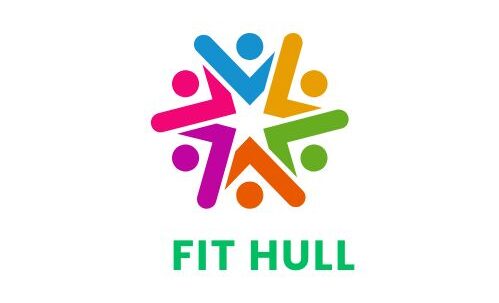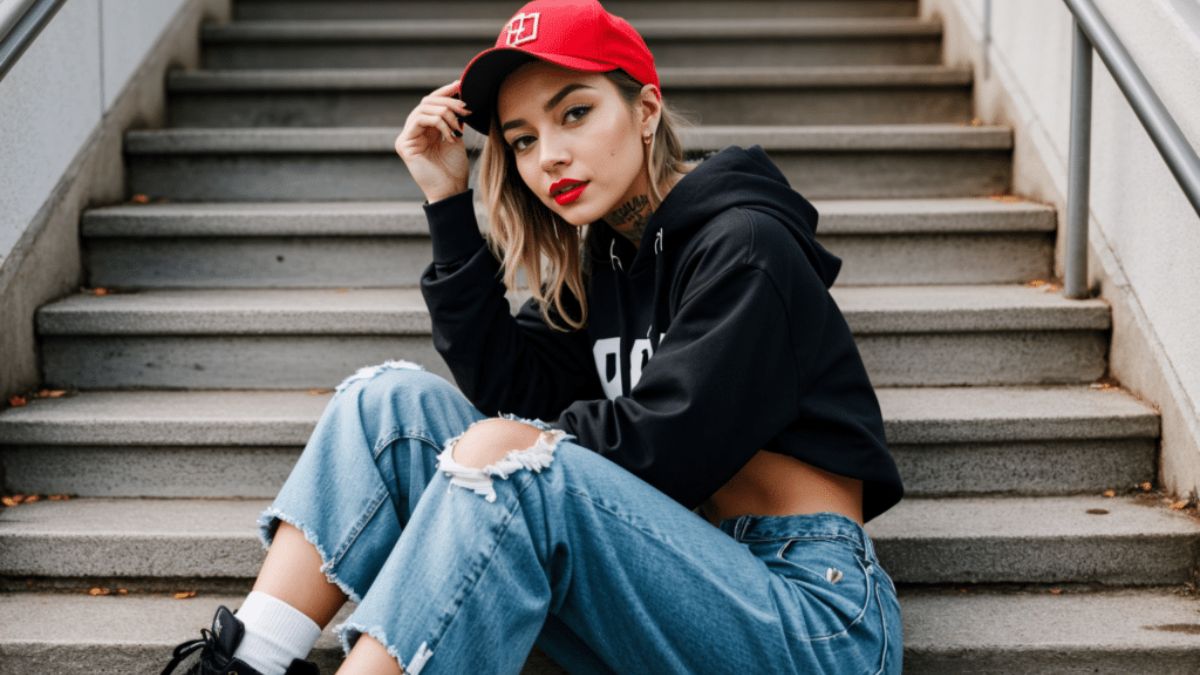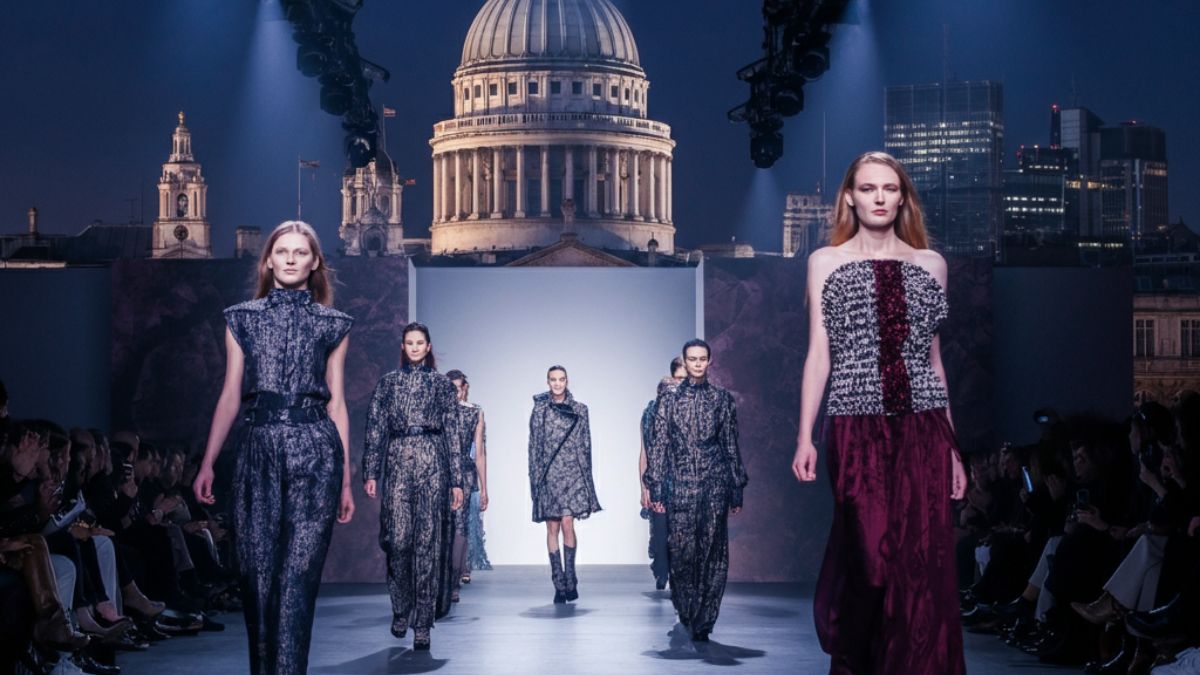Fashion has always been a form of rebellion, but few movements have challenged mainstream style as boldly as def fashion. This underground aesthetic emerged from urban communities in the 1980s and continues to influence contemporary streetwear, high fashion, and cultural expression today.
But what exactly is def fashion? The term “def” – slang for “definitely cool” or “excellent” – represents more than just clothing choices. It embodies a philosophy of authenticity, creativity, and resistance to conventional fashion rules. Unlike trends dictated by major fashion houses,
This movement spans multiple decades and has evolved through various subcultures, from hip-hop pioneers to punk rockers, skaters to ravers. Understanding def fashion means exploring how marginalized communities have consistently redefined what it means to dress with intention, attitude, and cultural pride.
The Origins of Def Fashion
Def fashion traces its roots to the late 1970s and early 1980s, emerging simultaneously from several urban movements. Hip-hop culture in New York City played a crucial role, with early rappers and breakdancers creating distinctive looks that prioritized functionality, boldness, and individuality over traditional fashion norms.
The aesthetic drew inspiration from various sources: military surplus clothing offered durability and an anti-establishment edge, athletic wear provided comfort for dancing and movement, and DIY customization allowed for personal expression when designer clothes remained financially out of reach.
Key elements included oversized silhouettes, bold graphics, mixed patterns, and unexpected combinations of formal and casual pieces. Accessories became statements – chunky gold chains, bucket hats, and customized sneakers transformed basic outfits into powerful expressions of identity.
The punk movement contributed its own interpretation of def fashion, emphasizing destruction and reconstruction of clothing as political statements. Safety pins, ripped fabrics, and handmade patches created looks that deliberately rejected mainstream beauty standards and consumer culture.
Core Principles of Def Fashion
Authenticity Over Imitation
Def fashion prioritizes genuine self-expression over following prescribed trends. Practitioners mix high and low-end pieces, vintage finds with contemporary items, and often customize or alter clothing to create unique looks that reflect their personal stories and communities.
Function Meets Statement
Clothing serves both practical and symbolic purposes. A baggy hoodie might provide comfort and anonymity while also making a statement about rejecting formal dress codes. Layering allows for temperature control and visual impact. Every piece serves multiple functions.
Community and Culture First
Rather than individual designer worship, def fashion celebrates collective creativity and cultural identity. Styles spread through communities organically, with local innovations gaining recognition and respect before potentially influencing mainstream fashion.
DIY Aesthetics
Customization remains central to the movement. Hand-painted designs, altered fits, mixed materials, and repurposed items demonstrate creativity while keeping costs accessible. This DIY approach also ensures uniqueness – mass production contradicts def fashion’s core values.
Evolution Through the Decades
The 1980s Foundation
Early def fashion established many lasting principles. Hip-hop artists like Run-DMC made Adidas tracksuits and shell-toe sneakers iconic, while graffiti artists developed functional yet stylish approaches to clothing that allowed for movement and creativity.
The decade saw the rise of brands that understood this market – companies like Cross Colors, FUBU, and Karl Kani emerged to serve communities often ignored by mainstream fashion. These brands combined def aesthetics with business success, proving the movement’s commercial viability.
1990s Expansion
The 1990s brought def fashion into broader cultural consciousness. Baggy jeans, oversized flannels, and chunky sneakers became mainstream, though often stripped of their original cultural context and political meaning.
Skateboarding culture contributed significantly during this period, emphasizing durability, comfort, and a deliberately anti-fashion aesthetic. Brands like Vans, Thrasher, and Supreme built loyal followings by understanding and respecting these communities rather than simply appropriating their styles.
2000s and Digital Influence
The internet changed how def fashion spread and evolved. Online communities could share styling ideas across geographic boundaries, while digital platforms allowed independent designers and customizers to reach global audiences.
This period saw increased dialogue between underground movements and high fashion. Designers like Virgil Abloh and Ronnie Fieg built bridges between streetwear and luxury fashion, though this relationship remained complex and sometimes controversial within def fashion communities.
Contemporary Def Fashion
Today’s def fashion incorporates sustainability concerns, gender fluidity, and global cultural exchange while maintaining its core principles. Social media has accelerated trend cycles but also democratized fashion influence, allowing voices from marginalized communities to gain recognition more easily.
Key Elements and Styling
Silhouettes and Fits
Def fashion typically favors relaxed, oversized fits that prioritize comfort and movement over body-conscious silhouettes. Layering creates visual interest and practical functionality – hoodies under jackets, long shirts extending beneath shorter ones, and multiple accessories building complex looks.
Color and Pattern
Bold choices dominate def fashion. Bright colors, contrasting combinations, and mixed patterns create visual impact. However, monochromatic schemes also play important roles, particularly all-black or all-white looks that emphasize silhouette and texture over color.
Footwear Focus
Sneakers remain central to def fashion, but the emphasis lies on cultural significance rather than just brand prestige. Rare colorways, collaborative releases, and models with historical importance to specific communities carry more weight than simple expense.
Accessories and Details
Hats, jewelry, bags, and other accessories complete def fashion looks. These items often carry cultural or personal significance – a specific chain style, a vintage band t-shirt, or a customized cap that tells a story about the wearer’s identity and affiliations.
Cultural Impact and Influence
Def fashion has profoundly influenced mainstream fashion, though this relationship remains complicated. Major luxury brands now regularly collaborate with streetwear labels and hire designers from underground movements, but questions persist about cultural appropriation versus appreciation.
The movement has also impacted retail and business models. Drop culture, limited releases, and community-focused marketing strategies originated in def fashion communities before being adopted by major corporations.
Beyond fashion, the movement has influenced art, music, and social movements. The same principles of authenticity, community focus, and creative resistance that define def fashion appear in various forms of cultural expression and political activism.
Building Your Def Fashion Approach
Starting with def fashion means understanding its cultural context and respecting its origins. Research the communities and movements that created the styles you admire. Support independent designers and brands that maintain authentic connections to these cultures.
Focus on building a wardrobe that reflects your genuine interests and communities rather than copying looks without understanding their significance. Invest in quality basics that can be customized and mixed in multiple ways. Prioritize fit, comfort, and personal expression over trend-following.
Consider the stories your clothing tells. Each piece should serve both functional and expressive purposes. Mix different price points and sources – thrift finds, independent brands, and carefully chosen mainstream pieces can coexist in authentic fashion wardrobes.
The Future of Def Fashion
As def fashion continues evolving, it faces new challenges and opportunities. Climate change concerns are pushing the movement toward more sustainable practices, while global connectivity allows for unprecedented cultural exchange and collaboration.
Technology offers new possibilities for customization and community building, but also risks commodifying aspects of the movement that were previously protected by their underground status. The ongoing dialogue between def fashion and mainstream culture will likely intensify as both sides continue learning from each other.
Ultimately, def fashion’s future depends on maintaining its core values of authenticity, community, and creative resistance while adapting to changing cultural and environmental realities. The movement’s history suggests it will continue finding ways to stay true to its principles while evolving with the times.
this fashion movement proves that style can be both deeply personal and collectively powerful. By understanding its history, respecting its cultural significance, and embracing its principles of authenticity and creativity, anyone can participate in this ongoing conversation about identity, community, and self-expression through clothing.











